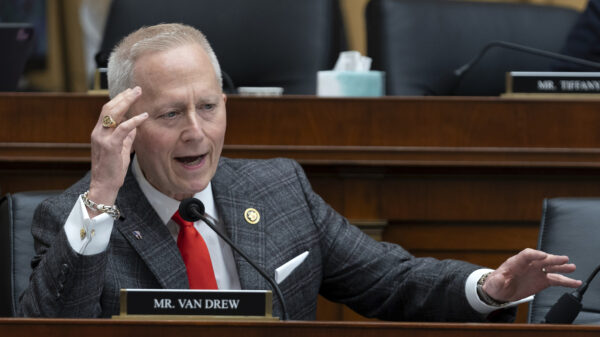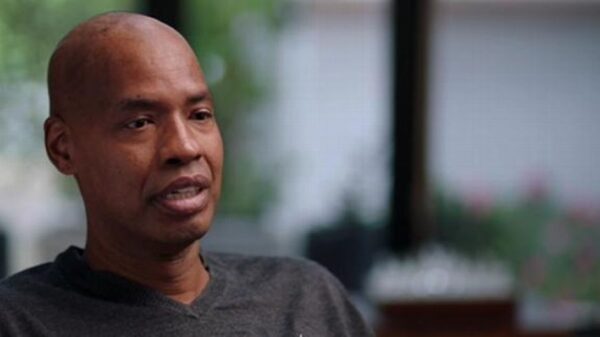According to Dirk Willer, the Global Head of Macro Strategy at Citigroup, the stock market is currently experiencing a bubble, a phenomenon he believes has been in effect since May 2023. Willer’s analysis relies on specific timing and price indicators, distinguishing genuine market bubbles from temporary booms, which he argues are often misunderstood by investors.
Willer’s research indicates that investors should consider buying during the initial phases of a bubble, even if they cannot predict the peak accurately. This strategy is rooted in historical patterns that suggest early investment can yield substantial returns before the market corrects itself.
Identifying the End of a Bubble
During a recent discussion, Willer elaborated on his methodology for recognizing when a bubble is likely to burst. He emphasized the importance of observing market signals that indicate a shift in investor sentiment. As the bubble expands, certain indicators—such as excessive speculation and rapid price increases—become evident. Willer notes that these signs can help investors prepare for potential downturns and adjust their strategies accordingly.
He draws parallels between the current market conditions and the infamous dotcom bubble of the late 1990s, highlighting similarities in investor behavior and market dynamics. The lessons learned from that era serve as a cautionary tale for today’s investors, urging them to remain vigilant and informed about market developments.
The Role of Gold and Treasuries
Willer also addressed the remarkable performance of gold this year, attributing its rise to heightened economic uncertainty and inflationary pressures. Investors often turn to gold as a safe haven during turbulent times, and its recent surge reflects broader trends in global markets.
Moreover, he pointed to the US Treasury market as a key indicator of economic health, suggesting that its current fluctuations hint at a growing resemblance between the US economy and those of emerging markets. This shift could have significant implications for investors and policymakers alike, as it may signal changing dynamics in global finance.
In summary, Willer’s insights provide a thoughtful perspective on the current market landscape. As investors navigate this uncertain environment, understanding the signs of a bubble and the factors driving market behaviors will be crucial for making informed financial decisions.








































































